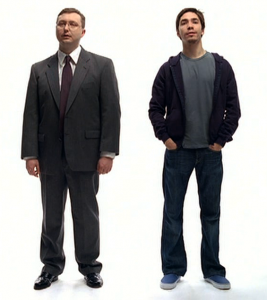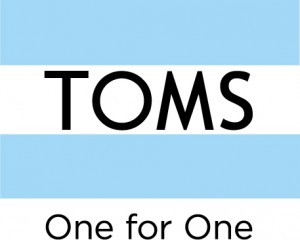Put differently, when is it no longer financially worthwhile for Canadian society to keep you alive? These are the unspoken questions now being asked aloud in our society today.
Doctors have ethics; economists have opportunity costs: both have the following dilemma:
As we develop as a society our doctors are becoming increasingly good at keeping us alive longer. But what is the opportunity cost of this additional lifespan worth it? Doctors consider  quality of life arguments (opportunity), economists the financial burden to society (costs).
quality of life arguments (opportunity), economists the financial burden to society (costs).
Your last year alive is costly. In fact, in Canada ‘about 25 per cent of all health-care costs are devoted to caring for patients in their last year of life’ (Globe and Mail November 28 2011, p. 1). Pretty expensive, most would say. These numbers, however, are silent when it comes to the quality—or value—of these last months of life: over 50 billion dollars to taxpayers. Money, that could be spent elsewhere in the health care system—or outside the health care system—and give a better return—certainly longer than the twelve-month window once you die. And consider those last twelve months if it was you or a loved one or a friend: loss of your mobility if you’re stuck in a hospital and often a painful experience leading up to your certain death.
Can things be done differently, you ask?
A new concept in healthcare was discussed on Freakonomics Radio recently. Instead of living your last days attached to a machine you receive a portion of the money that would have been spent on your medical bills and are encouraged to go on vacation, or pass down the money to your family. Put starkly, you’re being given a discount for your death. Everyone benefits. Perhaps.
The benefits—or opportunities—of this potential program sound great on their own: more vacation, helping your family, saving tax dollars and increasing hospital space for younger people (those likely to give a better return than twelve months alive). Our society has to decide an ethical dilemma: Is the opportunity cost of one more year with this person worth it? By marketing the advantages to the ‘stakeholders’ (Freeman, 2009), or in this case taxpayers and loved ones of those affected, the apparent marginal benefit will increase and our society will learn to see end of life care in a new light sufficiently surpassing the opportunity cost of one more year.
What would you do?
“How Much Does Dying Cost Canadians?” The Globe and Mail. N.p., n.d. Web. 15 Sept. 2015.
Levitt, Stevan D., and Stephan J. Dubner. “Are You Ready for a Glorious Sunset?”.” Freakonomics Radio. N.d. Web. 14 Sept. 2015.
Freeman, Edward. “What Is Stakeholder Theory.” 15 Sept. 2015. Lecture.
Geoba.se: Gazetteer – The World – Life Expectancy – Top 100+ By Country (2015) Web. 15 Sept. 2015.
“Canada’s Health Care Spending Growth Slows.” Canada’s Health Care Spending Growth Slows. N.p., n.d. Web. 15 Sept. 2015.
Image created by Julien Hart On excel. Statistics previously cited.
 cover their expenses which include some of the highest rents in Vancouver. I agree that the prices are high, but they are not higher than they would be elsewhere. I would encourage you to spend your money wisely. There are promotions everywhere! Tipple O’s has deals on Tuesdays. Sprouts has free food on Fridays. HeWe has food by donation every month. Moreover, there are coupons for the soup outside the Sauder lounge right now. Lot’s of these places have loyalty programs that you can use. There are creative ways around paying full price. Having said that, if you are unwilling to make your own lunch and you want UBC to subsidize it you will have to pay a premium.
cover their expenses which include some of the highest rents in Vancouver. I agree that the prices are high, but they are not higher than they would be elsewhere. I would encourage you to spend your money wisely. There are promotions everywhere! Tipple O’s has deals on Tuesdays. Sprouts has free food on Fridays. HeWe has food by donation every month. Moreover, there are coupons for the soup outside the Sauder lounge right now. Lot’s of these places have loyalty programs that you can use. There are creative ways around paying full price. Having said that, if you are unwilling to make your own lunch and you want UBC to subsidize it you will have to pay a premium.

 conscientious company they are, in effect perpetuating the
conscientious company they are, in effect perpetuating the 
 enough to cost you an interview, a photo is surely going to be worse.
enough to cost you an interview, a photo is surely going to be worse.



 quality of life arguments (opportunity), economists the financial burden to society (costs).
quality of life arguments (opportunity), economists the financial burden to society (costs).